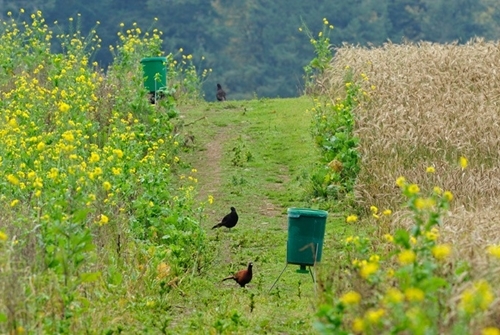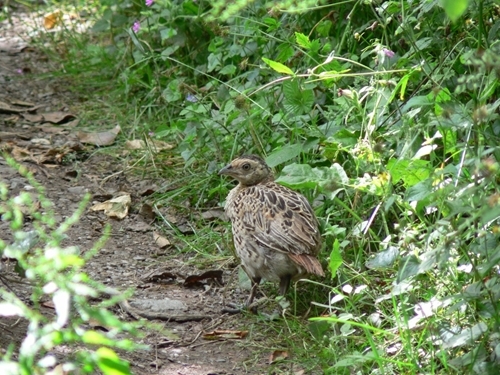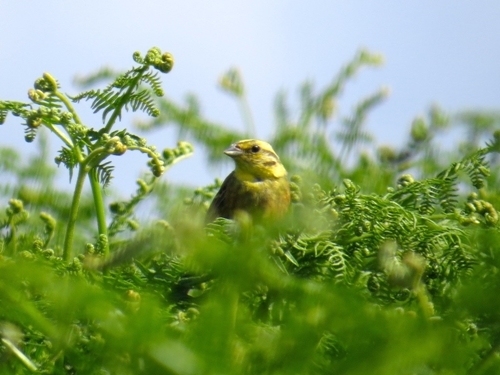Dr Roger Draycott explains why it is important that guns become 'conscientious consumers' and find out what the shoot they are considering buying a day at is doing for wildlife.
When buying a day’s shooting, more often than not the gun or team of guns will choose the day based on two key factors: 1) price and 2) reputation of the shoot for providing sporting birds and good hospitality.
I would like to see more guns considering a third factor – the contribution that the shoot makes to biodiversity and conservation.
Good game management can lead to knock on benefits for wildlife
Years of research at the GWCT has demonstrated that good game management can lead to significant knock-on benefits for wildlife. For example, woods managed for pheasants tend to support more songbirds and butterflies and they have more and wider woodland rides which benefits a wide range of wildlife.
It is active management of the woods that is key – opening up the woods to encourage the understorey shrubs - this type of work in the woods is much more common in woods where there is an interest in pheasant shooting.
Game cover crops to hold and drive pheasants also benefit a wide range of declining farmland birds like yellowhammers, corn buntings and linnets to name but a few.

Controlling predators of game birds can be beneficial to many other species
Effective predation control in the nesting season to encourage the wild birds to breed successfully will also benefit other ground nesting birds too – many of which, like skylark, lapwing and curlew are in serious decline.
So, if game management can be so good for wildlife, why does it comes in for such criticism from some quarters? Many conservationists raise concerns about the potential ecological impacts of releasing large numbers of pheasants into the countryside.
Are the pheasant poults eating the wildflowers in the woods or causing declines in butterflies by eating the caterpillars? Is releasing large numbers of birds helping to support more foxes and buzzards by providing an abundant food source? It has even been suggested by some that pheasants may be causing songbird declines by eating all the food in the countryside so there is none left for the songbirds!

Most shoots get it right
The reality is that most shoots are very well run with a high level of environmental care in place. They have to be, otherwise the shoots would not be successful, especially in the long term, if the right habitats are not in place.
Of course, there are examples of bad practice and it is these ones which tend to hit the headlines. But how can guns be re-assured that the shoot they are thinking of buying a day at is delivering for wildlife and following best practice with respect to predator control and gamebird welfare?
The GWCT now runs a shoot biodiversity assessment service to help shoots highlight where wildlife is already benefiting from the shoot, identify any areas where there may be potential negative effects and work with the shoot to improve without impacting on the running of the shoot and to suggest additional areas where the shoot could benefit species or habitat conservation.

So, I would recommend that guns become ‘conscientious consumers’ and find out what the shoot they are considering buying a day at is doing for wildlife. In my experience, the shoot will be delighted to tell you about the wildlife they have on the shoot and the work they do to help conserve it.
GWCT Shoot Biodiversity Assessments
To find out more about our bespoke shoot biodiversity assessments please visit: http://www.gwct.org.uk/shootbiodiversity